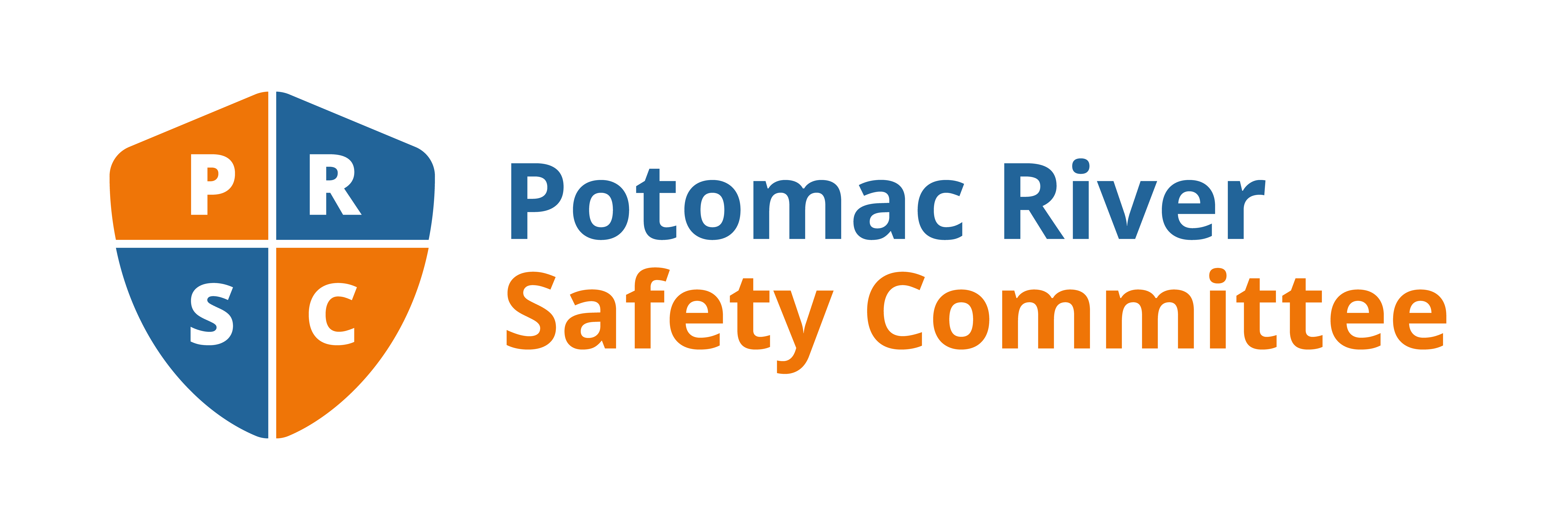VHF radios are an important safety tool endorsed by the PRSC. Use of VHF radios allows for quick and easy calls for emergency assistance from both MPD Harbor Patrol and other programs on the water. Using a radio to call for assistance can rapidly reduce the response time for receiving help.
WHY VHF RADIOS?
VHF radios provide the following benefits over cell phones while on the water.
- Cell phones generally cannot provide ship-to-ship safety communications or communications with rescue vessels. Only one party you call will be able to hear you on a cell phone while VHF channels have many listeners including emergency personnel and nearby boaters who may be able to assist.
- It is not uncommon for a call to 911 while on the water to go to the wrong jurisdiction delaying assistance (i.e. you call from the launch near the VA shore, which is relayed through the cell network to a dispatcher in Arlington, VA, instead of D.C. MPD Harbor and DC Fire respond to on the water emergencies along our stretch of the river.
- VHF radio transmissions can be located in fog or low light conditions while cell phones cannot be easily triangulated.
VHF RADIO CHANNELS
There are a set group of radio channels that are for use in open communication by the public. (A complete list of channels and their usage is available at boatsafe.com) Using other channels beyond those listed below is against the law and could result in fines. Listed below are the appropriate channels and their purpose:
- Channel 16: Used for Emergencies and routine initial calling and answering. Once contact has been established, transfer to a working Channel. Channel 16 is monitored by San Diego Life Guards, US Coastguard, and all other vessels with VHF radios.
- Channel 9: Pleasure-boat hailing channel.
- Channels 68, 69, 71, 72 and 78A: Recreational working channels. General use for programs.
COMMUNICATING EFFECTIVELY
EMERGENCY:
In the event of an on-water emergency, press the RED 16/S button, press the PTT button and identify yourself by your club or program name, your location using well-known names for landmarks, and the nature of your emergency.
Emergency example– when there is imminent danger to crew and/or vessel:
- PBC: MAYDAY, MAYDAY, MAYDAY, This is PBC, PBC, PBC. Position 100 meters downstream of Fletcher’s Cove. Racing shell swamped and sinking (or crew member is injured, unconscious, or another medical issue). Require immediate assistance. Over.
- TBC Coach: This is Sam with TBC. Mayday acknowledged. I am gathering help and heading upstream to assist ASAP. Standby.
NON-EMERGENCY:
For non-urgent calls, use one of the recreational non-commercial channels listed above. This is when you are communicating with other coaches in your programs or coaches of other programs. Press the PTT button and identify yourself and indicate to whom your message is intended. Keep your conversations brief as these channels are shared with other VHF users.
Non-emergency example between two launches on channel 71 (not on channel 9 or 16):
- PBC launch: TBC Coach Sam, TBC Coach Sam, this is PBC Coach Kington, OVER
- TBC launch: Kington, this is Dougherty what is your message, OVER
- PBC launch: Sam, just to inform you we are changing the practice from the 2k stretch to the beyond Memorial Bridge due to heavier than normal pleasure boat traffic, OVER
- TBC launch: Pat, confirmed. Practice changed to below Memorial Bridge. OVER
- PBC launch: Sam, Okay, see you there. OUT
